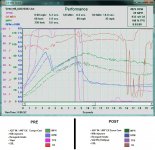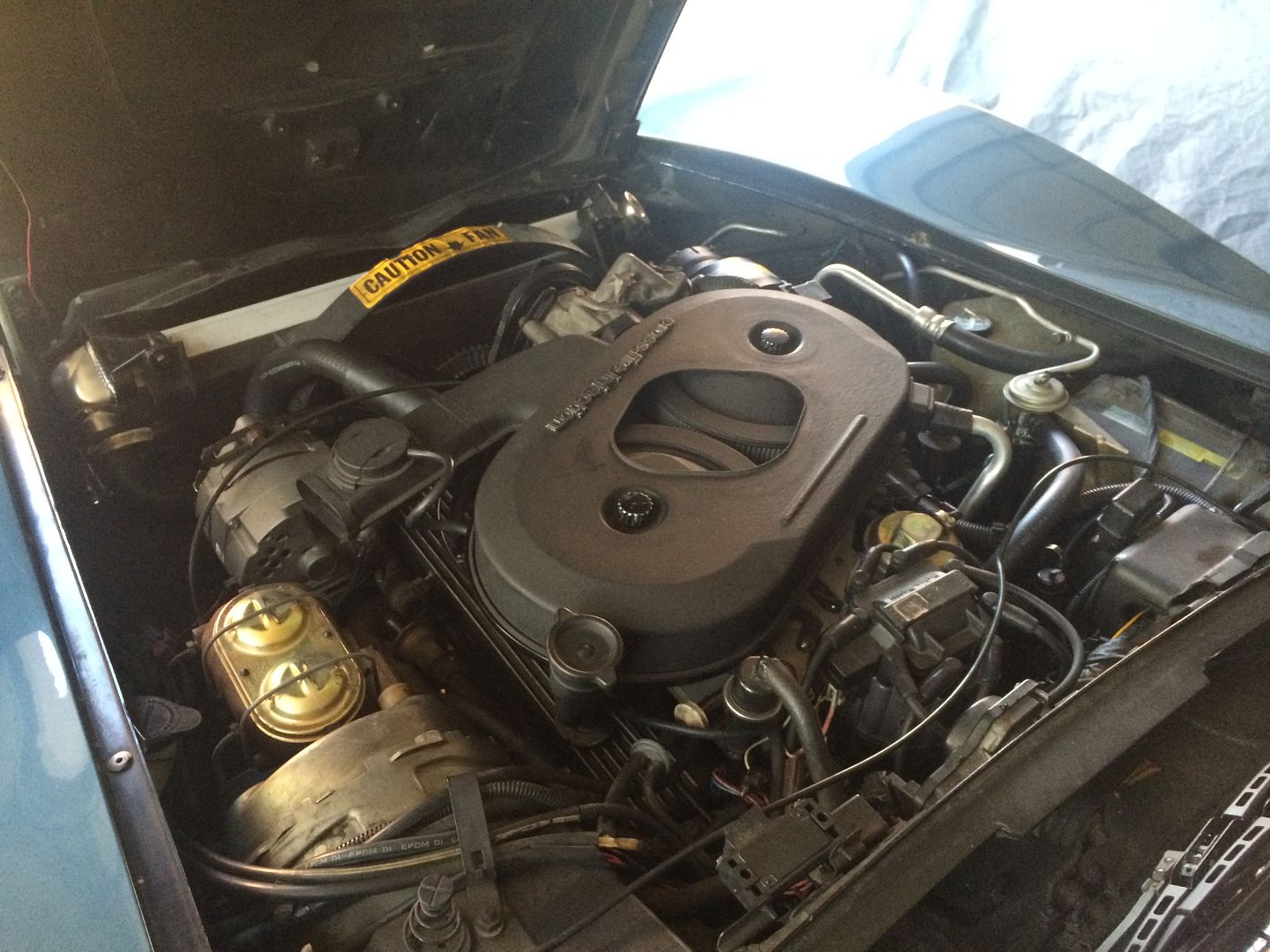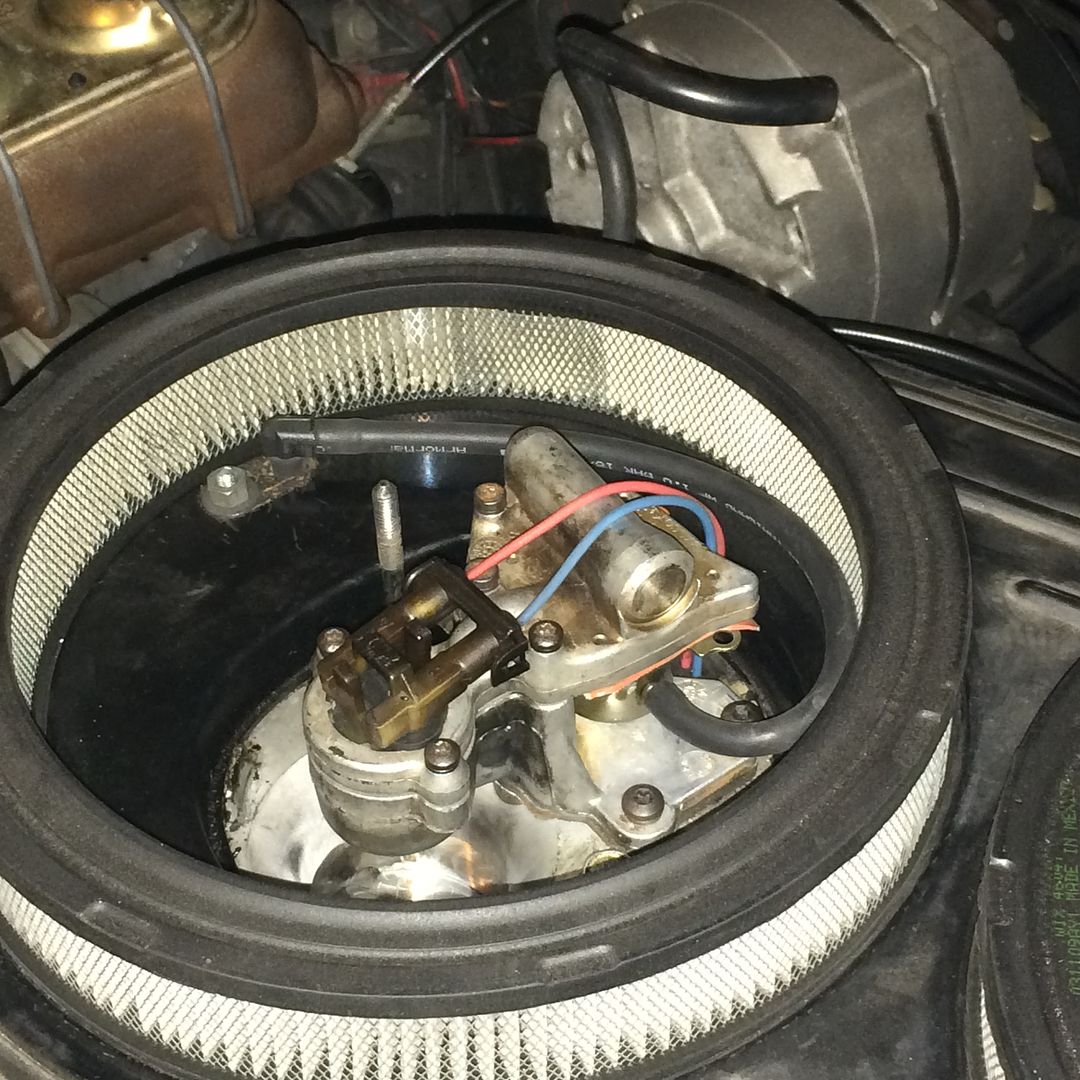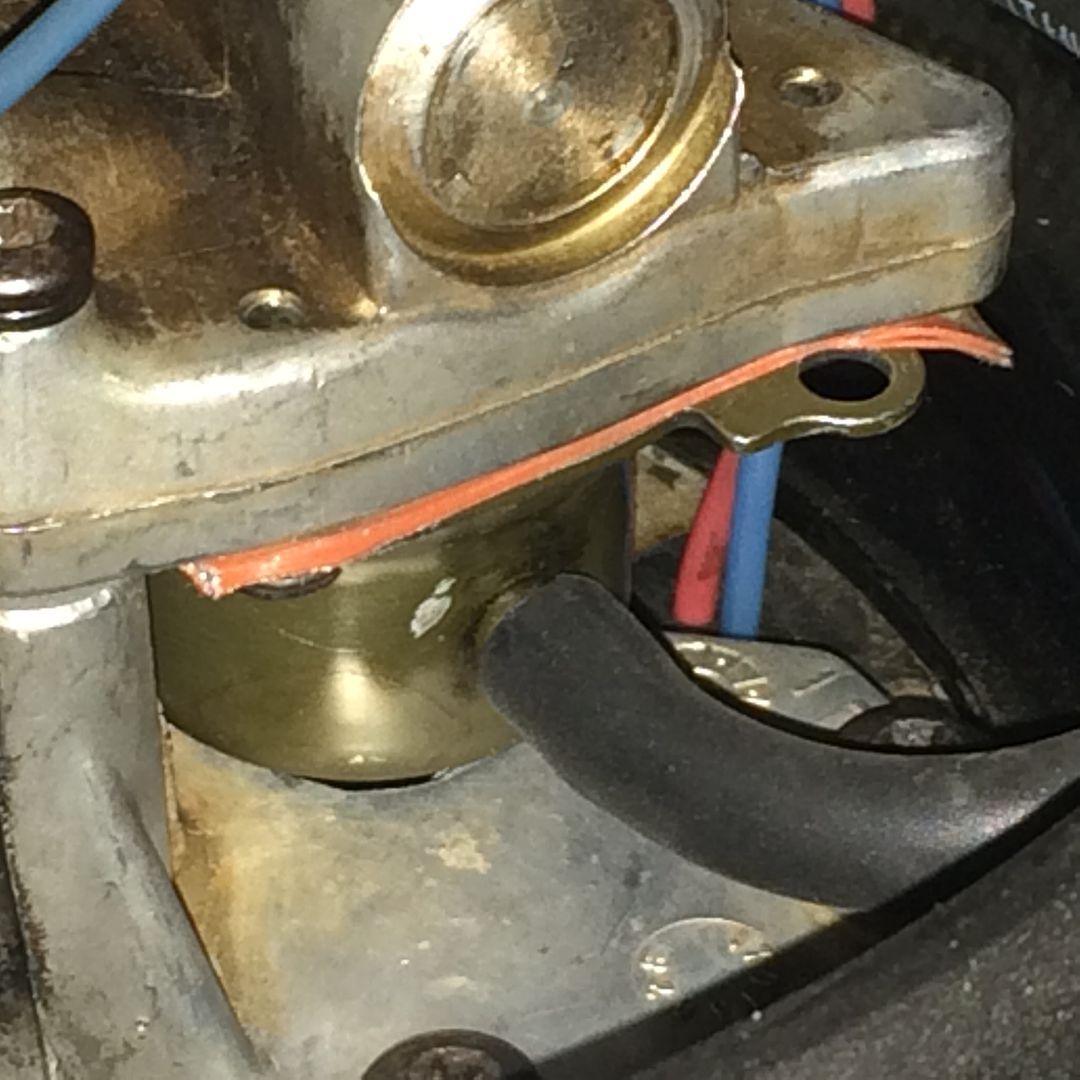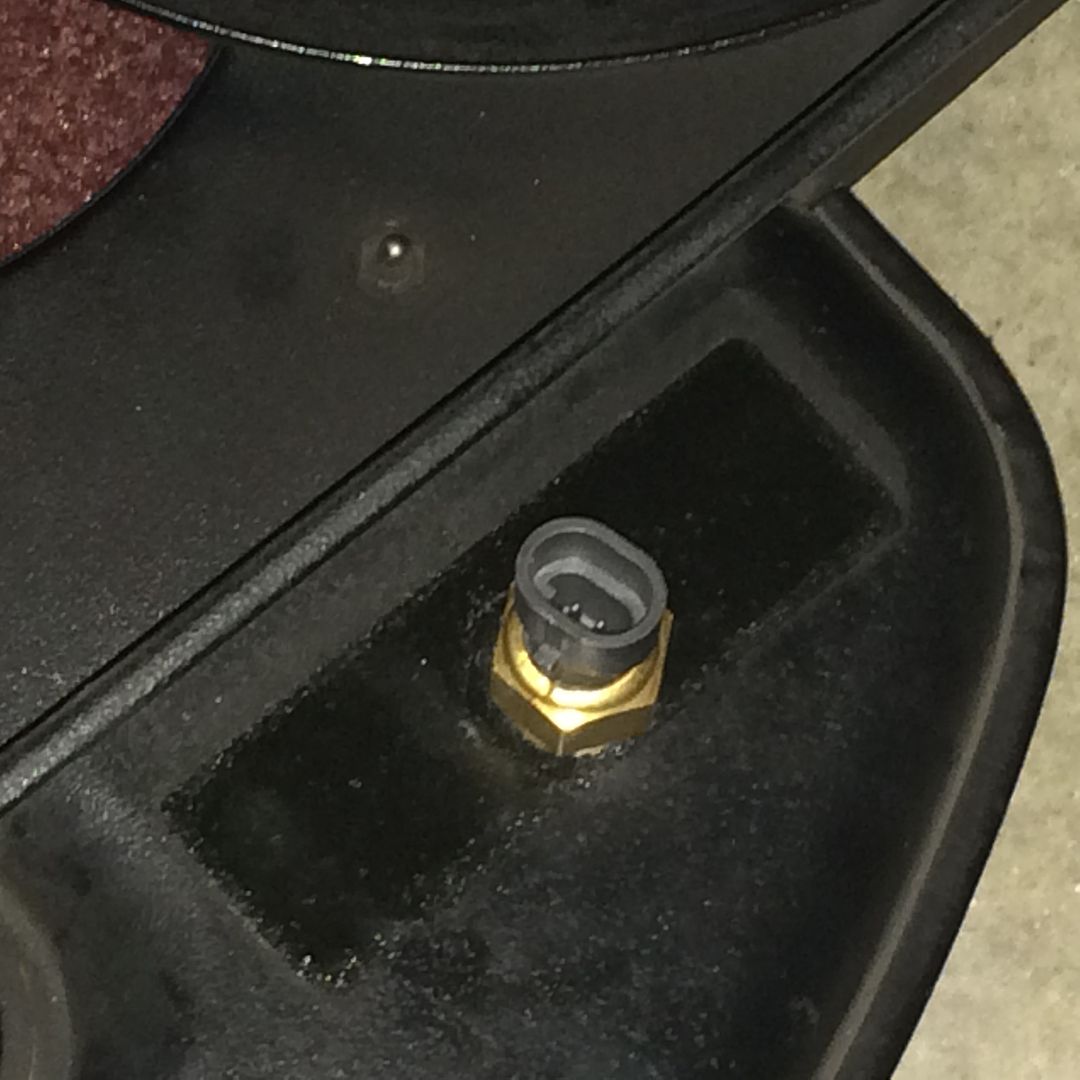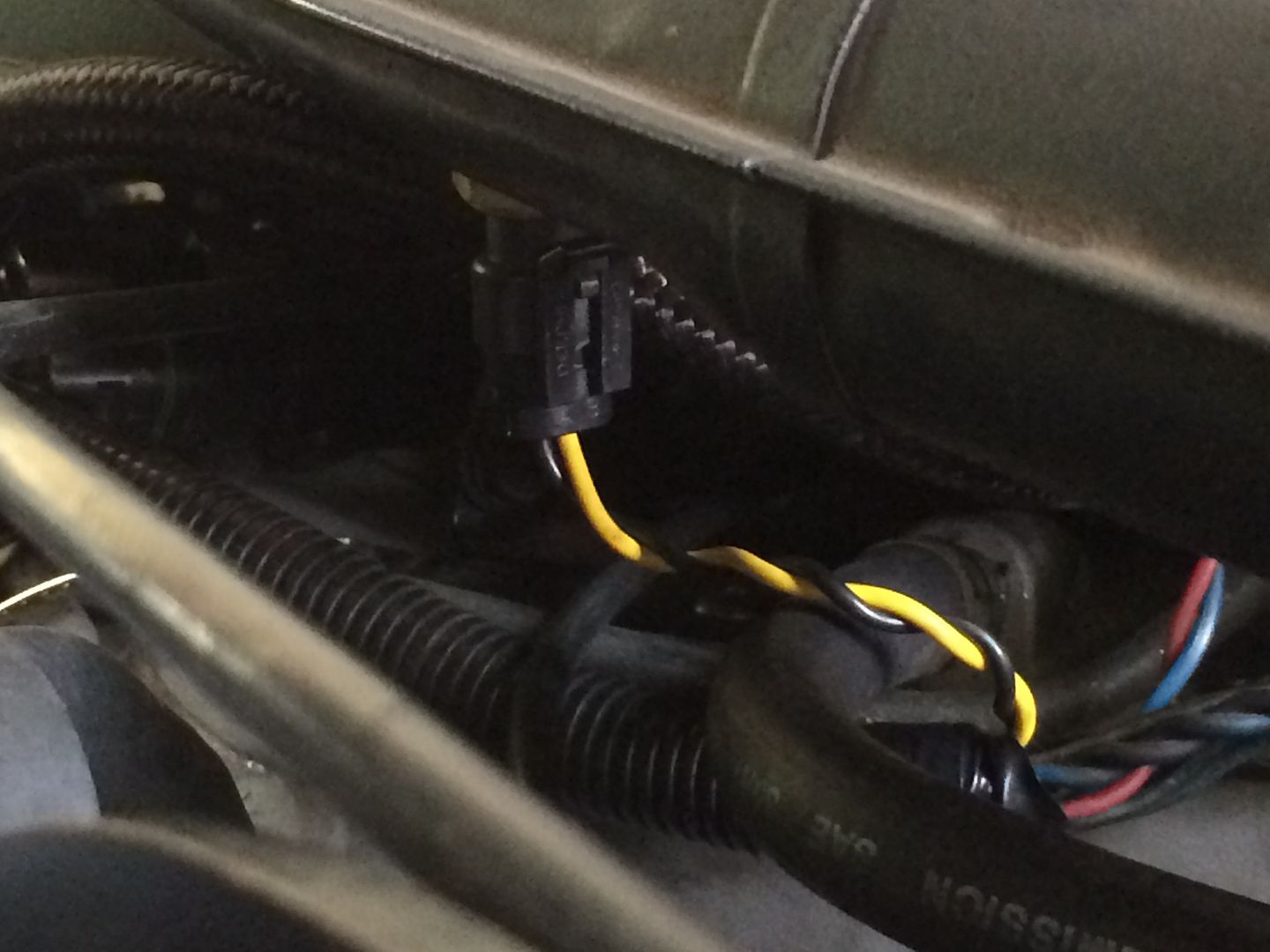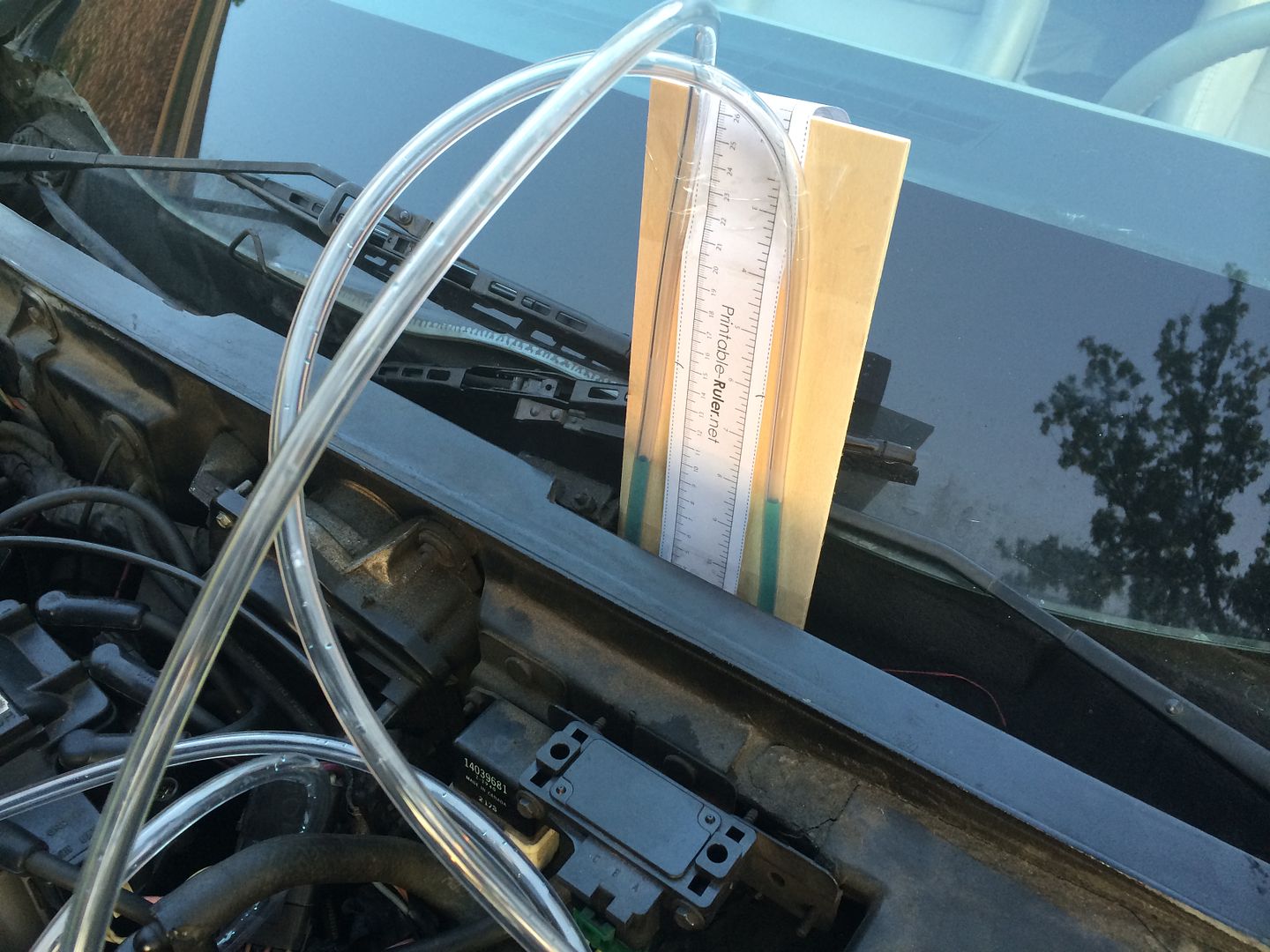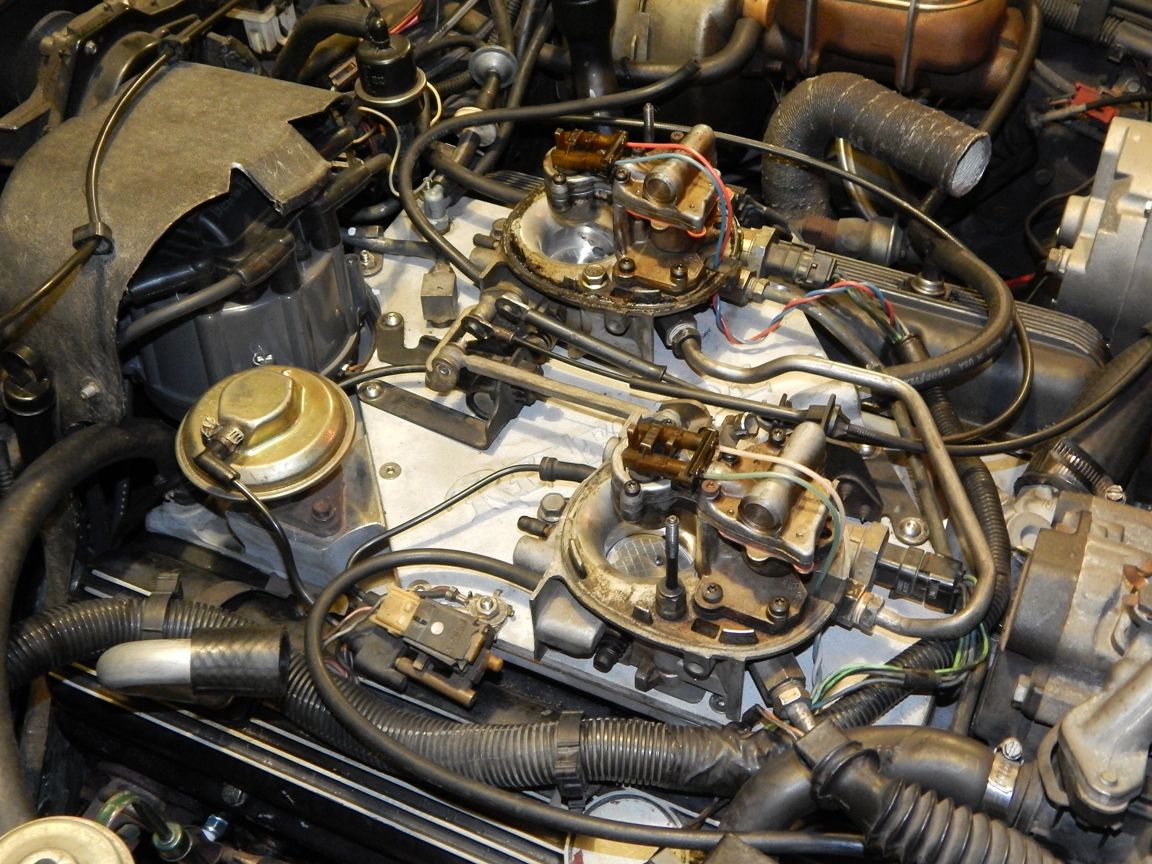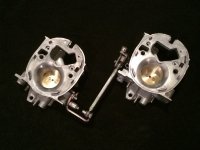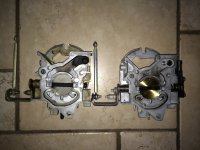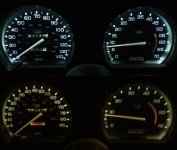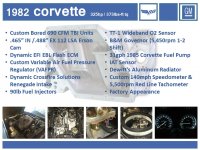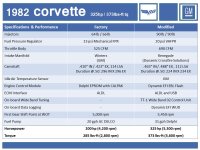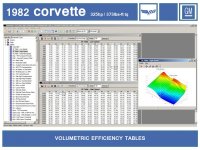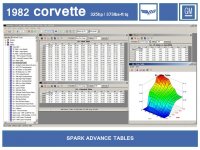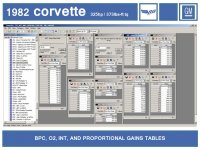- Moderator
- #1
KANE
Moderator
- Joined
- Mar 2, 2002
- Messages
- 3,244
- Location
- KY
- Corvette
- Dark Blue 1982 Trans Am(s): Polo Green 1995 MN6
ENGINE MANAGEMENT: Dynamic EFI EBL with TT-1 WB O2 sensor
ENGINE INTERNALS: Erson, .465″ in / .488″ ex, 224/234, 110 LSA
FUEL DELIVERY: Balanced TB units with 80lb injectors, VAFPR set to 15psi on idle / 20psi off idle, and a DCS Renegade Intake
Modified 1982 Corvette with EBL and .465" in/.488" ex cam | VetteTube
ENGINE INTERNALS: Erson, .465″ in / .488″ ex, 224/234, 110 LSA
FUEL DELIVERY: Balanced TB units with 80lb injectors, VAFPR set to 15psi on idle / 20psi off idle, and a DCS Renegade Intake
Modified 1982 Corvette with EBL and .465" in/.488" ex cam | VetteTube

 Looks like RARE but it sure don't sound like RARE :eek
Looks like RARE but it sure don't sound like RARE :eek Nice very NICE!!!
Nice very NICE!!!